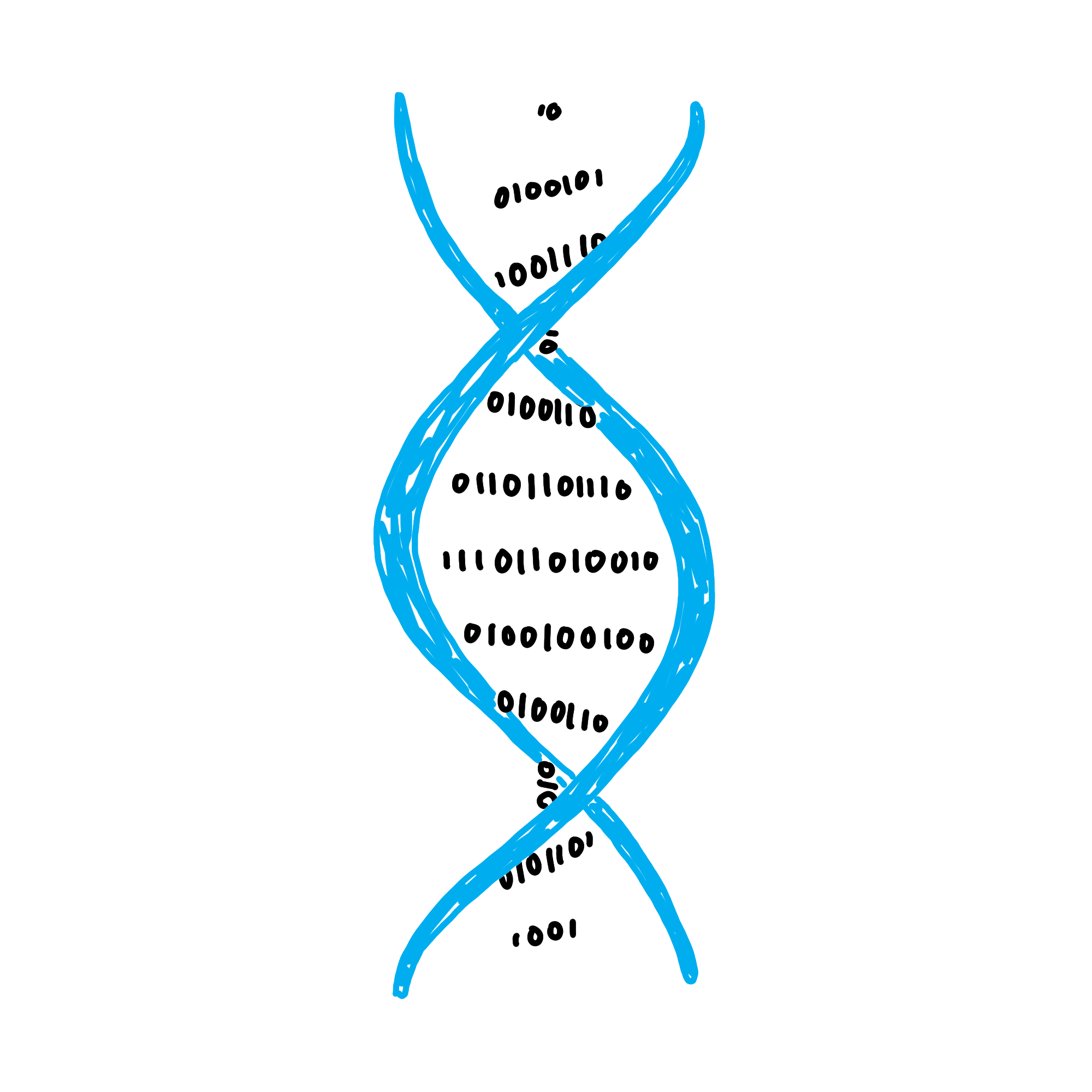top of page
Background
Background

Gene editing has been around for decades. The search to edit genomes first took place in the 1960s. Up until 2012, scientists were equipped with unreliable, and sometimes even unsafe, technology with the task of manipulating the beast that is the human genome.

[B1]
Where did it come from?
CRISPR was actually discovered as a bacterial immune system. Most bacteria utilize CRISPR to "form peculiar genetic loci, which provide acquired immunity against viruses and plasmids by targeting nucleic acid in a sequence-specific manner." It acts as the first line of defense, building up genetic immunity over a period of time. "When a virus invades a bacterial cell, it keeps a copy of a part of the virus gene within its own DNA. When a similar virus attacks the bacteria, it uses this copy to make a molecule called RNA, similar to the attacking viral gene, which will go and deactivate the virus.
[B4]
[B15]

[B3]
How it Works: Before the Snip
Cas9: The Scissor
The Cas9 protein plays an integral role in the CRISPR system. Its function is to locate the target DNA and make a cut in the desired spot. "The Cas9 protein has six domains, REC I, REC II, Bridge Helix, PAM Interacting, HNH and RuvC". The importance of REC II in CRISPR is undetermined, but REC I is essential in binding with guide RNA. The PAM Interacting is in charge of where CRISPR will perform its snipping, while the Bridge Helix takes command of the initial snipping after binding. "Cas nucleases isolated from different bacterial species recognize different PAM sequences". There are 2 nuclease domains that each cut one strand of DNA are the HNH and RuvC.

[B5]
[B2]
Nuclease: an enzyme that cleaves the chains of nucleotides in nucleic acids into smaller units.
[B7]
Guide RNA: The GPS
Alongside Cas9 is the guide RNA (gRNA). "The guide RNA is a specific RNA sequence that recognizes the target DNA region of interest and directs the Cas nuclease there for editing." The Cas9 protein remains inactivated and is rendered useless without the presence of a gRNA. gRNA is essentially a long strand of RNA that complements a specific sequence of DNA. Generally speaking, there are 2 parts of gRNA: CRISPR RNA (crRNA) and trans-activating CRISPR RNA (tracrRNA). "Cas9 uses the tracrRNA portion of the guide as a handle, while the crRNA spacer sequence directs the complex to a matching DNA sequence." However, there has been an engineered form of gRNA that is just comprised of a single molecule: sgRNA.
[B8]
[B9]

[B10]

The Cas9 Complex in the absence of gRNA vs. a fully activated complex
How it Works: After the Snip
Cas9: The Scissor
The Cas9 protein plays an integral role in the CRISPR system. Its function is to locate the target DNA and make a cut in the desired spot. "The Cas9 protein has six domains, REC I, REC II, Bridge Helix, PAM Interacting, HNH and RuvC". The importance of REC II in CRISPR is undetermined, but REC I is essential in binding with guide RNA. The PAM Interacting is in charge of where CRISPR will perform its snipping, while the Bridge Helix takes command of the initial snipping after binding. "Cas nucleases isolated from different bacterial species recognize different PAM sequences". There are 2 nuclease domains that each cut one strand of DNA are the HNH and RuvC.

[B5]
[B2]

bottom of page
